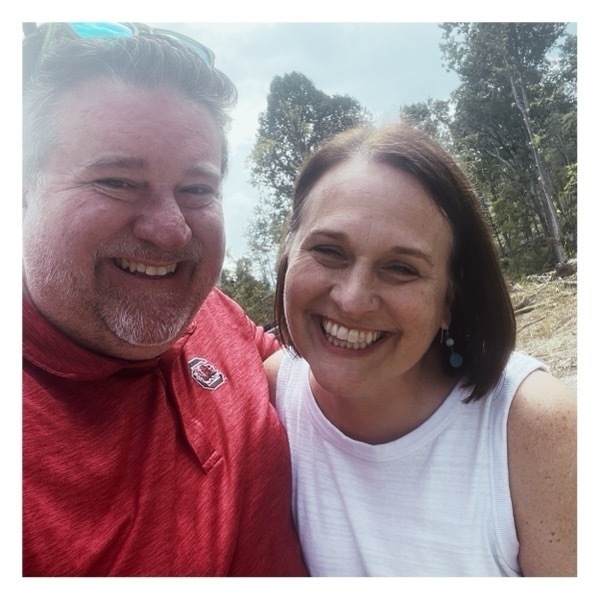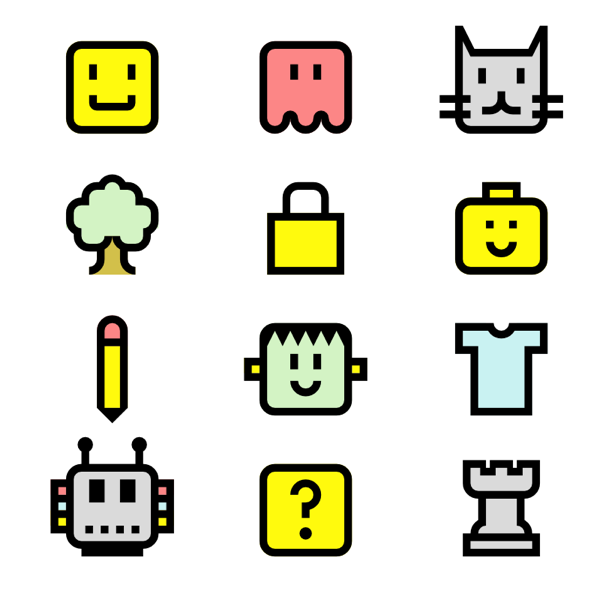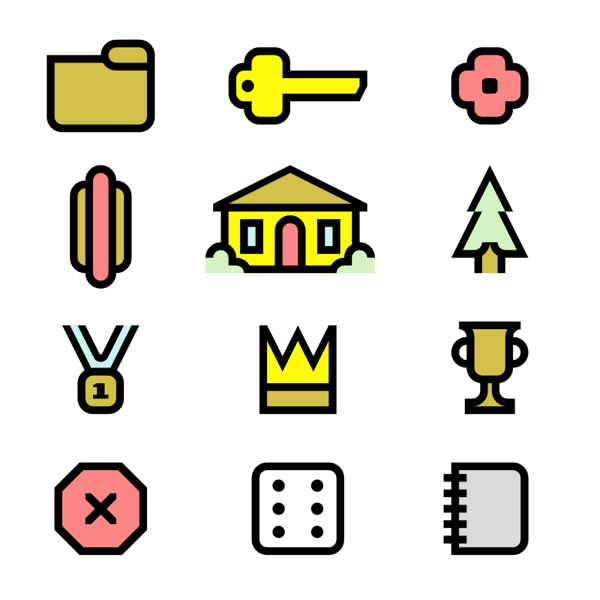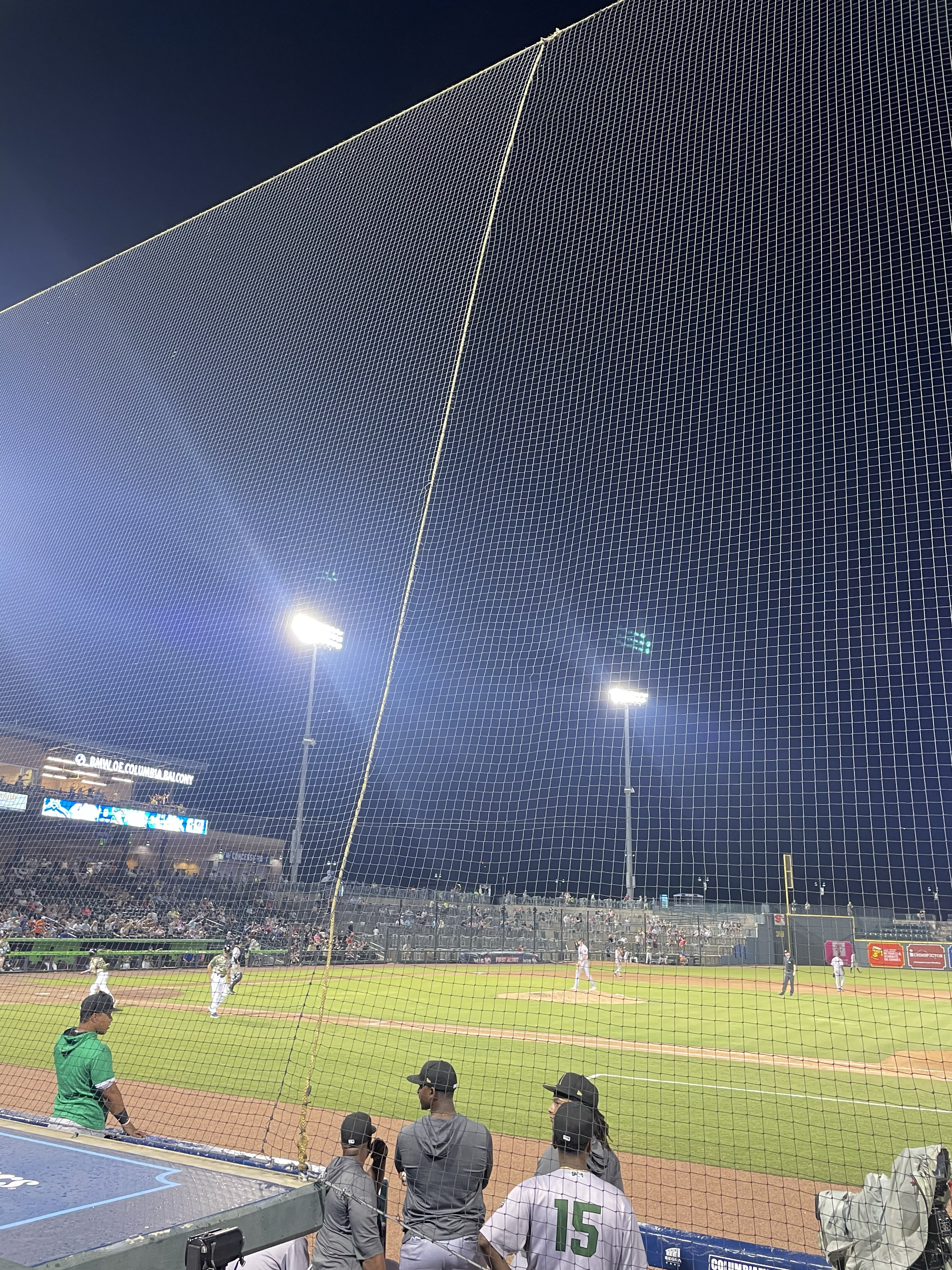A friend was digging through some college artifacts and found my 32-year-old business card from when I was an officer with Carolina Productions, the University of South Carolina student programming board. She sent me a picture and I noticed something funny: I still have the same email address.
I came to USC as a student in 1993 and got my first email address. I used that email address with a command line system until I graduated in 1997. At some point years later — I became an adjunct instructor and was able to reclaim that address and use it as an IMAP account. When I became full-time staff, I continued to use the same email address, this time connected to Microsoft 365.
I’ve had several home addresses and a couple of phone numbers since 1993. Those were connected to my physical location or my service provider so as I moved, things changed....






